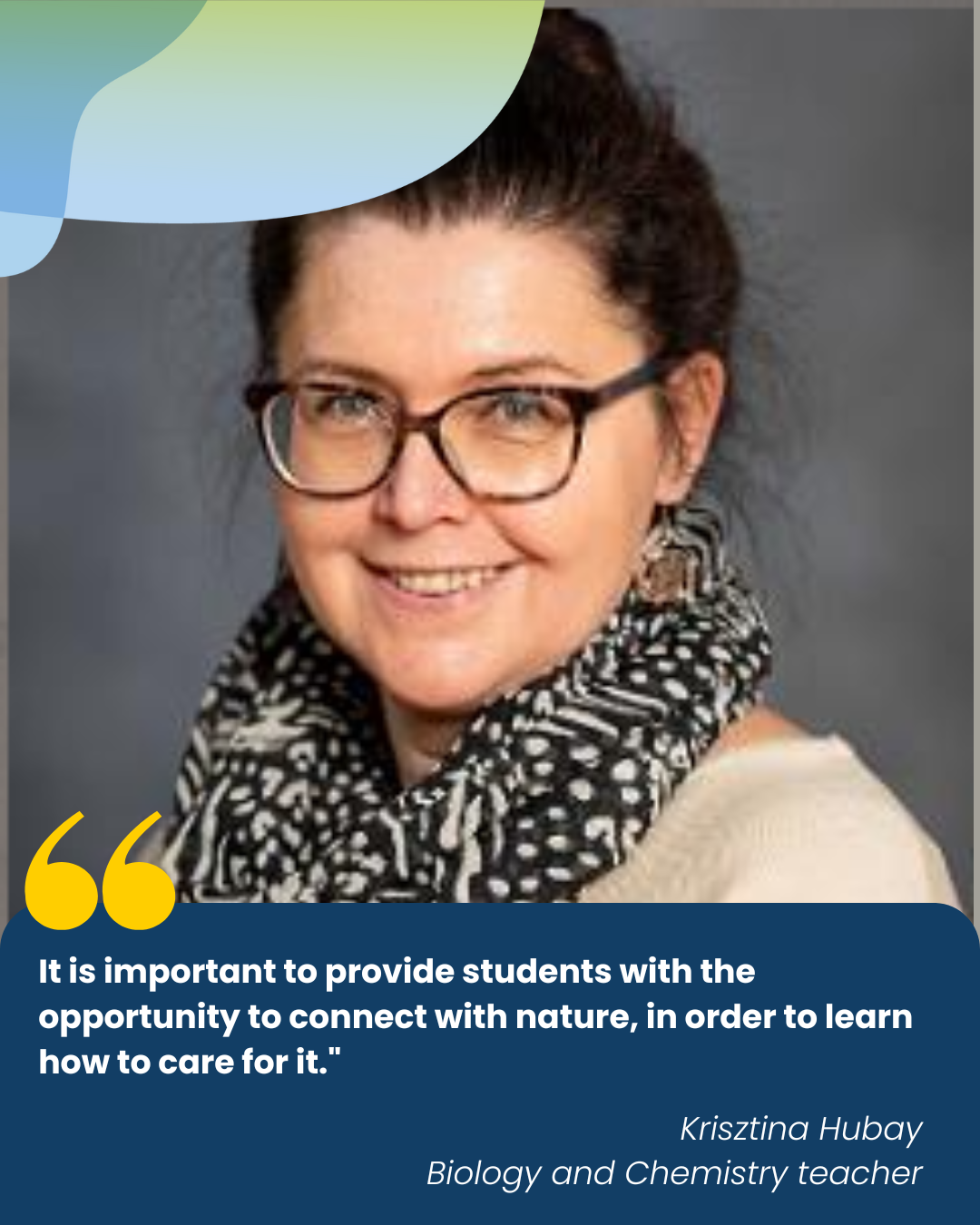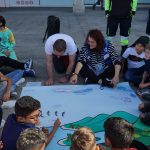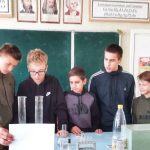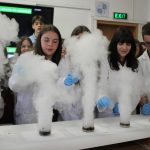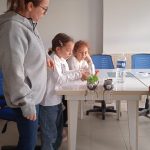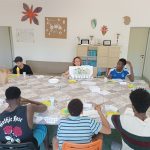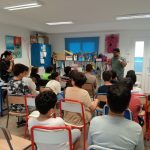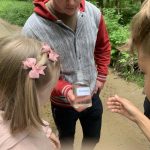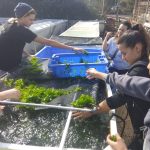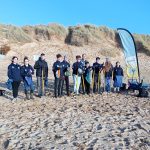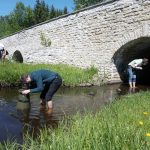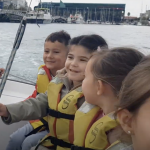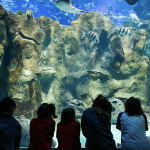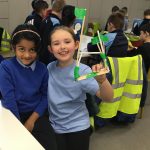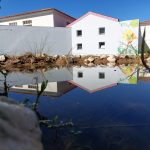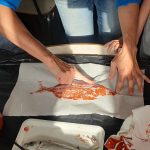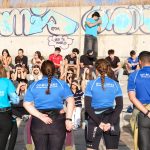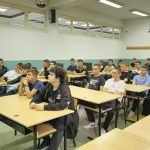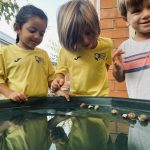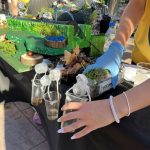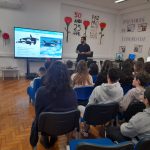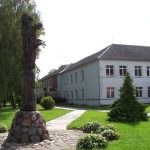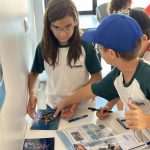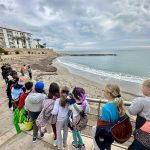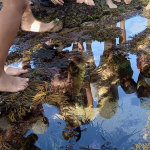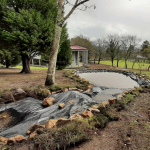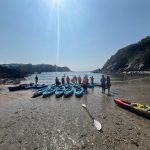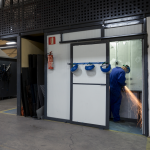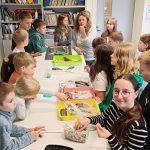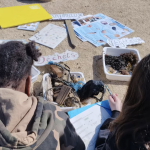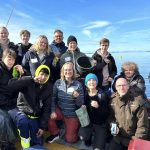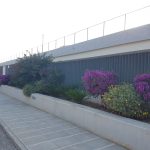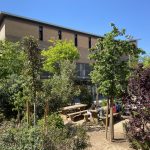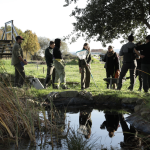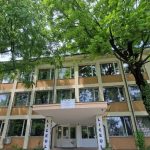
Ripples of the Zagyva: A Mission for Nature
Szolnok, Hungary
3rd FUNDING CALL
Understanding and protecting freshwater ecosystems is a vital part of environmental education, and a new initiative along the Szolnok section of the Zagyva River is setting a remarkable example. This water literacy project, spearheaded by the Aranyos Szeglet Waldorf School, integrates experiential learning with hands-on conservation efforts, engaging students, teachers, and professionals. The initiative not only fosters a deeper appreciation for aquatic ecosystems but also empowers students to take meaningful action toward environmental preservation.
Objectives
The project is designed to increase students’ awareness of freshwater ecosystems and their ecological significance while fostering a sense of responsibility for preserving these environments. Its core objectives include:
- Educating students of all age groups on the biodiversity and ecological balance of the Zagyva River.
- Engaging students in riverbank and water surface clean-up activities to promote environmental stewardship.
- Encouraging scientific exploration of the river’s ecosystem through surveys and research.
- Utilizing art and creative expression to deepen the emotional and cultural connection to water conservation.
- Involving the broader community through awareness campaigns, publications, and public exhibitions.
Activities and Collaborations
The project unfolds over seven months, aligning with the school’s curriculum and the Waldorf educational methodology, which emphasizes nature-based learning. A variety of engaging activities will take place:
March – April: Preparation Phase
- Formation of a steering committee.
- Mapping the Zagyva River using canoes and conducting floodplain surveys.
- Inviting experts and coordinating guest lectures.
- Publicizing the project on social media and at city-level events.
- Engaging guest schools, including the Waldorf Schools of Eger and Kiskunfélegyháza, and the Romanian River Conservation School.
- Organizing the school’s Roots & Shoots group to assist in planning and execution.
May: Waste Monitoring and Project Week
- Conducting waste monitoring with river conservation experts using PET bottle caps to track pollution sources.
- Organizing a week-long river clean-up campaign, where all students (grades 1-12) participate in removing and sorting waste along a 5km stretch of the river.
- Hosting a series of interactive lectures on topics such as:
- The connection between river pollution and oceanic garbage patches.
- Aquatic microorganisms and floodplain biodiversity.
- Local bird species and their ecological roles.
- Sustainable land use practices in floodplain farming.
- A conservation-themed exhibition and hands-on workshop.
June – September: Data Analysis and Creative Interpretation
- Processing collected data and compiling findings.
- Incorporating insights into art classes, where students create artwork inspired by their experiences.
- Publishing a digital map and research findings to extend the project’s impact beyond the school year.
- Creating an informational board in a local park to share the project’s outcomes with the wider community.
- Hosting a public exhibition in September to showcase students’ artistic and scientific contributions.
- Integrating project findings into biology and sustainability lessons for older students, ensuring continued engagement with water literacy topics.
Outputs and Impact
By the end of the project, the initiative will have generated several tangible outputs, including:
- A comprehensive publication featuring research findings, student messages to future generations, and conservation insights.
- A digital map displaying biodiversity data and pollution levels along the Zagyva River.
- An informational board installed in a local park to educate residents and visitors about river conservation.
- An open exhibition, featuring student artwork and research, to inspire ongoing engagement with environmental issues.
- A series of conservation presentations accessible to students and guest schools, strengthening inter-school collaboration.
Beyond these measurable outputs, the project’s long-term impact lies in its ability to instill a culture of environmental awareness and responsibility. By engaging students in direct conservation efforts, fostering scientific curiosity, and integrating sustainability into the curriculum, this initiative sets a powerful precedent for schools worldwide.

